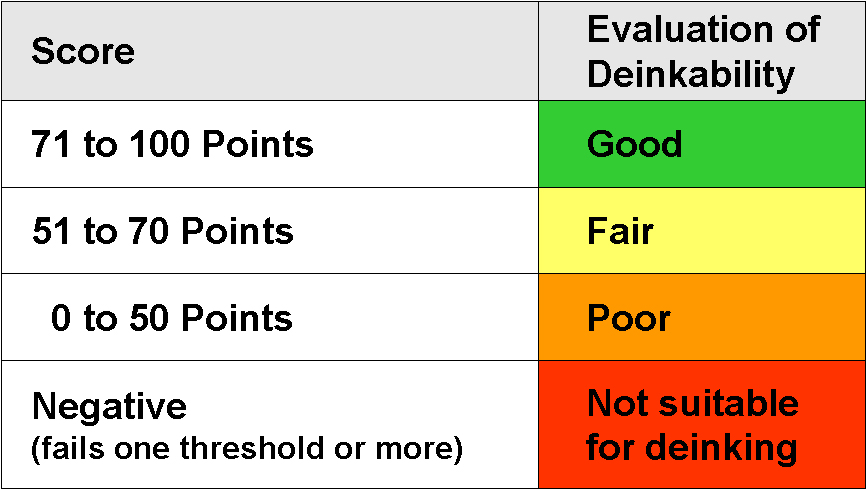This can help in some situations but IMO it is not a good solution with respect to press design. Controlling low coverage and avoiding over inking are important issues for control and the reduction of waste and there are press design concepts that can greatly help. I won't go into them here since it has no practical benefit for those with existing press designs.
The weakness of the above approach is that one can have very low coverage on one side of the plate (gear side) and high coverage on the other side (operator side). The interrupter method probably will have problems supplying the high coverage side with enough ink.
If the interrupter method on a press was able to supply enough ink to the high coverage also, then there might be an issue with the density of the high coverage having a bit more variation due to the less often supply of higher amounts of ink from the ink fountain and ductor. High coverage requires a more continuos ink feed because it is being taken out of the press so fast, while low coverage can have ink fed on a much more non continuous basis since the ink goes out of the press so slowly.
I have been told that in the old days, press operators sometimes turned the ink fountain off and just applied some ink occasionally to the roller train with an ink knife for images that had very low coverage all the way across the plate. Not recommended while the press is running due to being a dangerous thing to do.

Oscillation should help move excess ink from regions of low coverage but oscillation does not move ink laterally on press very effectively. It does help smooth out ink differences in local areas.












